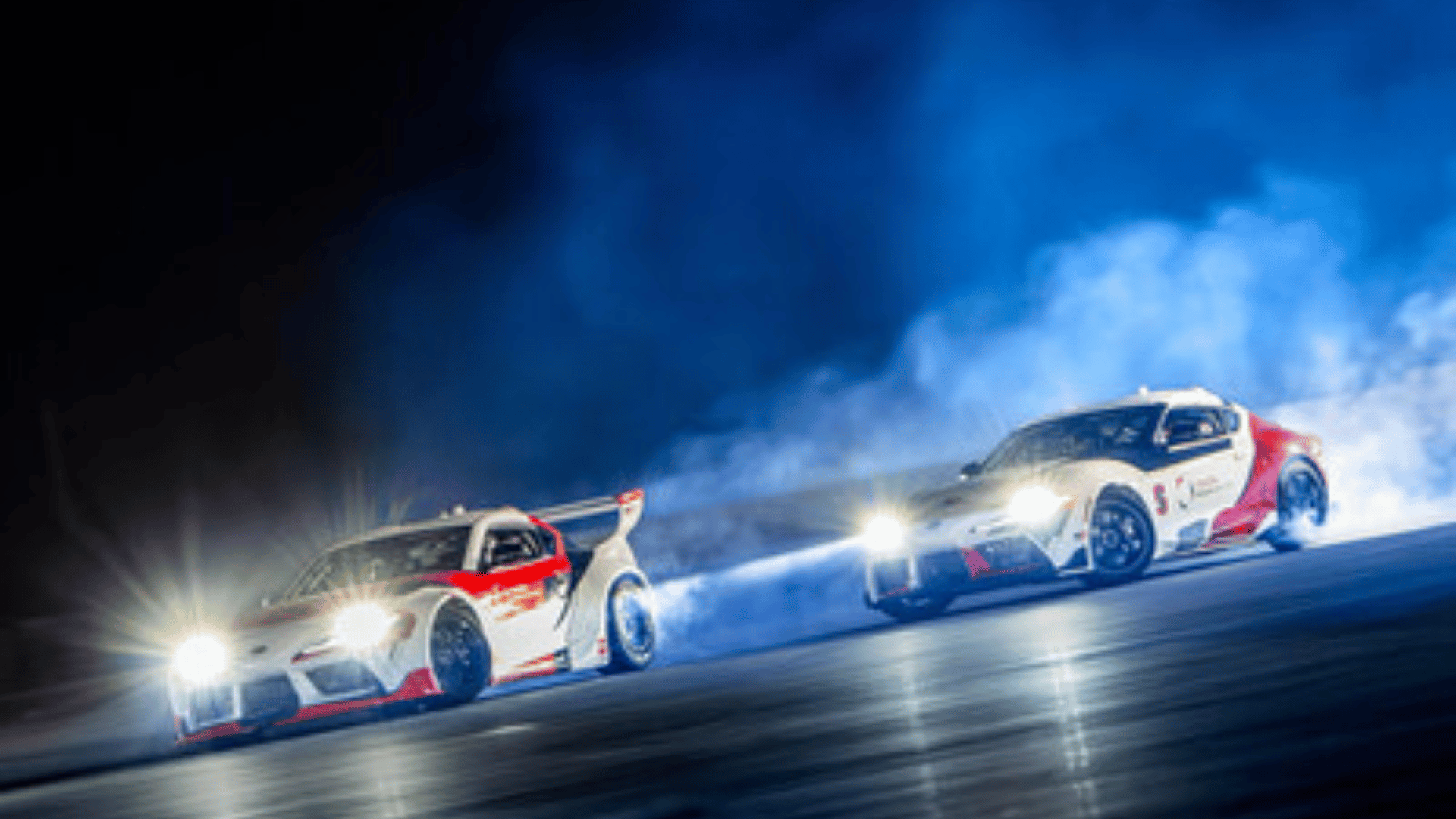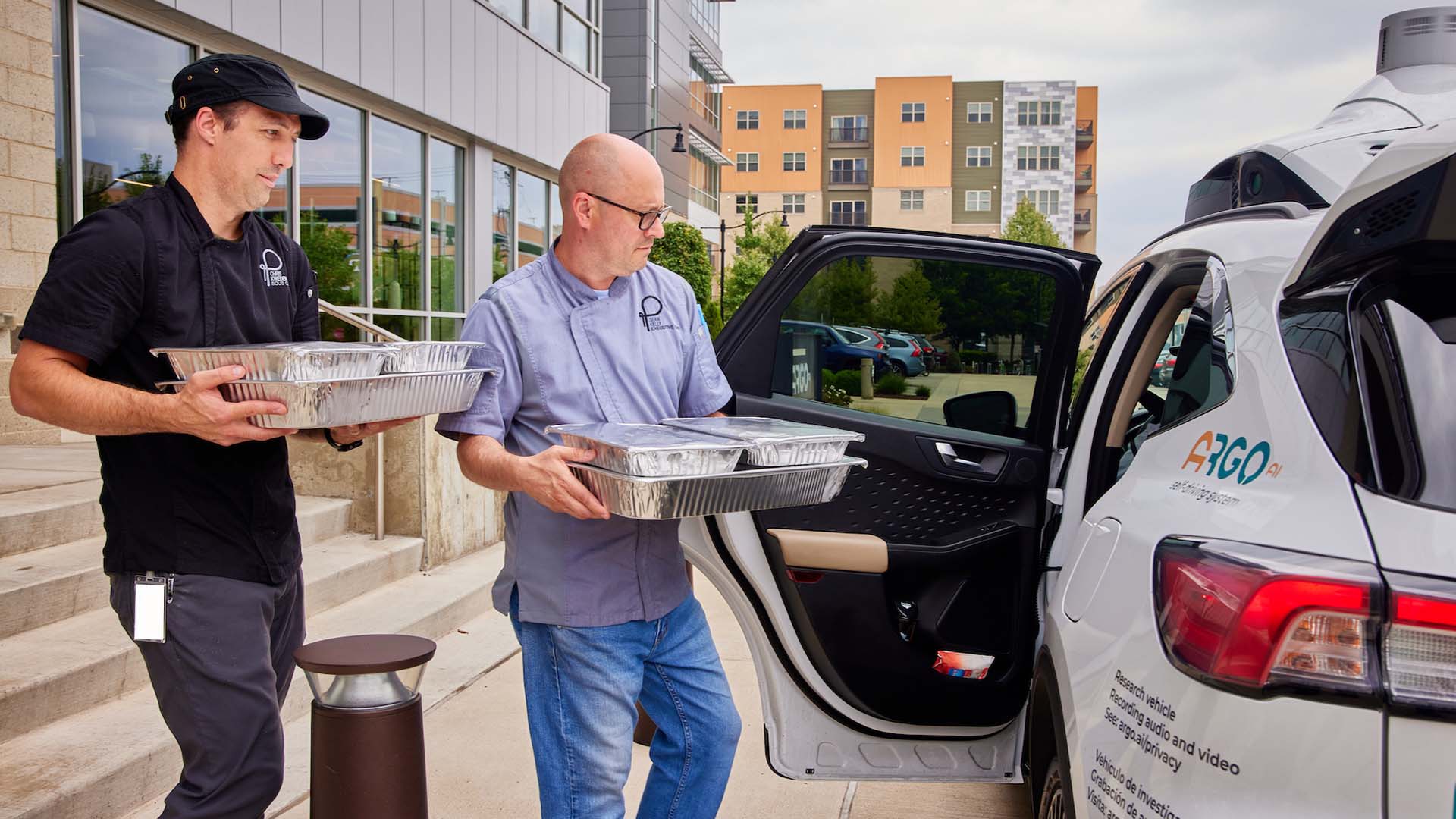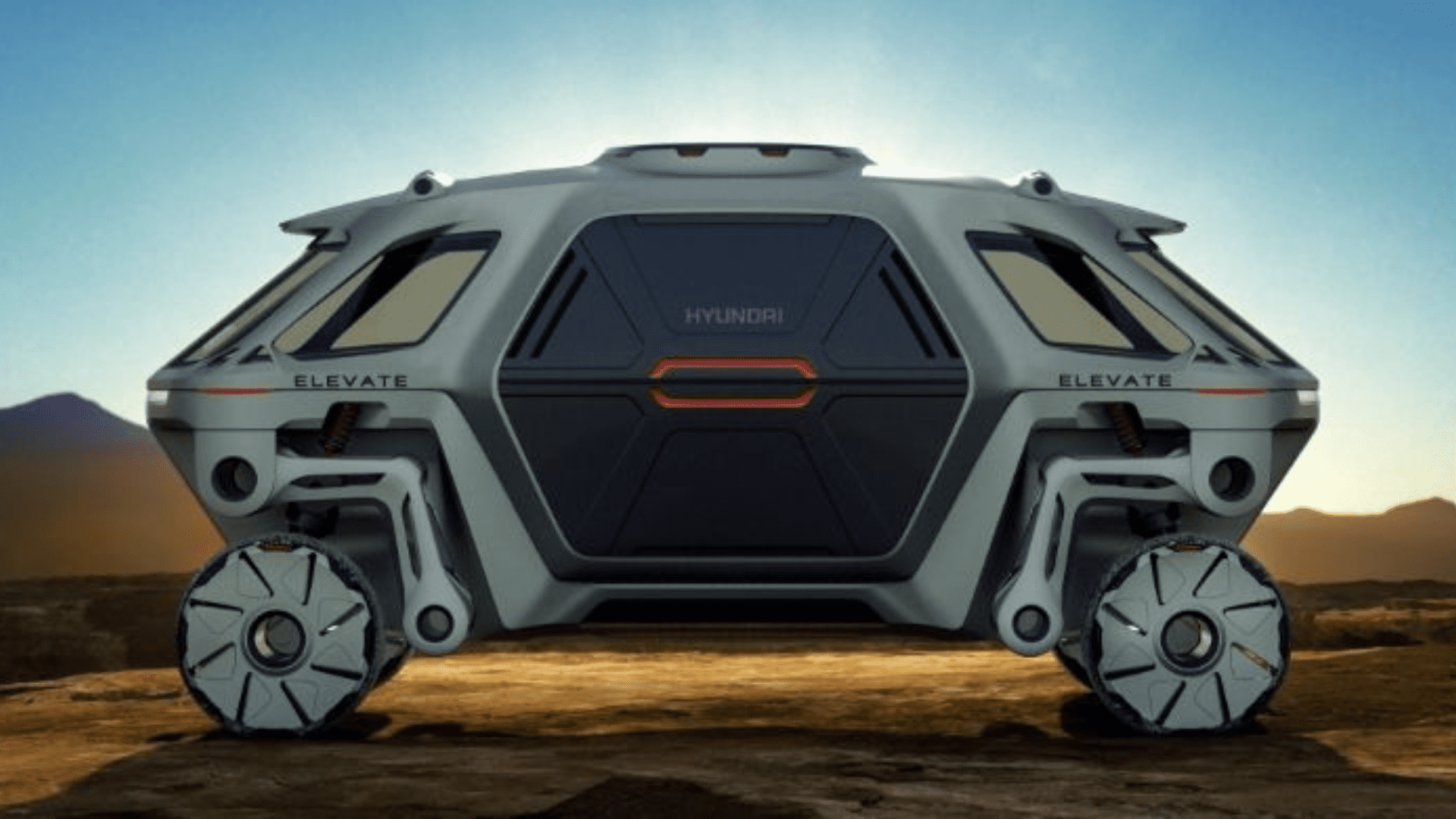Toyota Research Institute (TRI) and Stanford Engineering announced that they autonomously drifted two cars in tandem, a world-first in driving research.

Another step in the journey toward making driving safer, experts are working toward automating the motorsports maneuver called “drifting.” This involves a driver precisely controlling a vehicle’s direction after breaking traction by spinning the rear tires.
By having two autonomous cars drifting in tandem, researchers can more closely examine how quickly the vehicles can respond to different conditions around them, such as other vehicles, cyclists, or pedestrians.
“Our researchers came together with one goal in mind – how to make driving safer,” said Avinash Balachandran, vice president of TRI’s Human Interactive Driving division. “Now, utilizing the latest tools in AI, we can drift two cars in tandem autonomously. It is the most complex maneuver in motorsports, and reaching this milestone with autonomy means we can control cars dynamically at the extremes. This has far-reaching implications for building advanced safety systems into future automobiles.”
The team utilized modern techniques to build the vehicle’s AI, including a neural network tire model that enabled it to learn from experience like a human driver.
“The track conditions can change dramatically over a few minutes when the sun goes down,” stated Chris Gerdes, professor of mechanical engineering and co-director of the Center for Automotive Research at Stanford (CARS). “The AI we developed for this project learns from every trip we have taken to the track to handle this variation.”
The experiments were conducted at Thunderhill Raceway Park in Willows, California, using two modified GR Supras. The algorithms on the lead car were developed at TRI, and those on the chase car were developed by Stanford engineers.
While TRI focused on developing robust and stable control mechanisms for the lead car, Stanford Engineering developed AI models that allowed the chase car to adapt dynamically to the lead car’s motion.
Both were equipped with sensors and computers that allowed them to control steering, throttle, and brakes while sensing their motion. Additionally, the vehicles shared a WiFi network, allowing them to communicate and exchange information such as their relative positions or planned trajectories.
Researchers plan to perfect the sequence further. As the process of drifting closely mimics the experience of drifting on ice or snow, this study may also allow them to develop new safety measures for cars handling snowy conditions.







